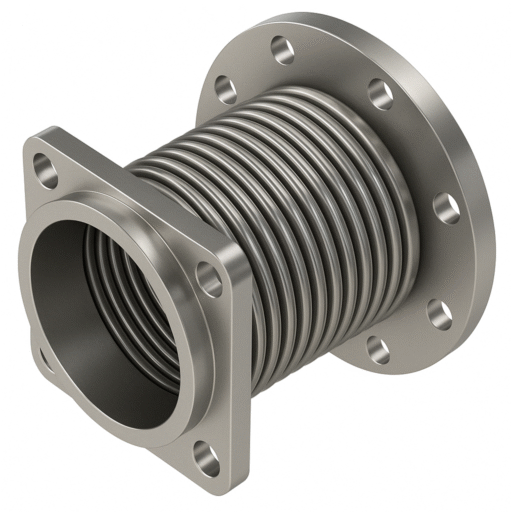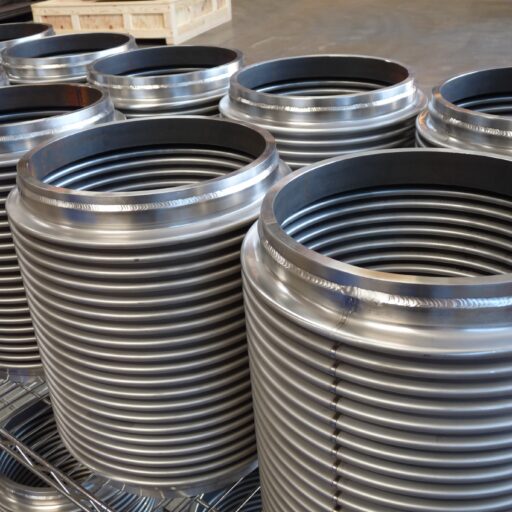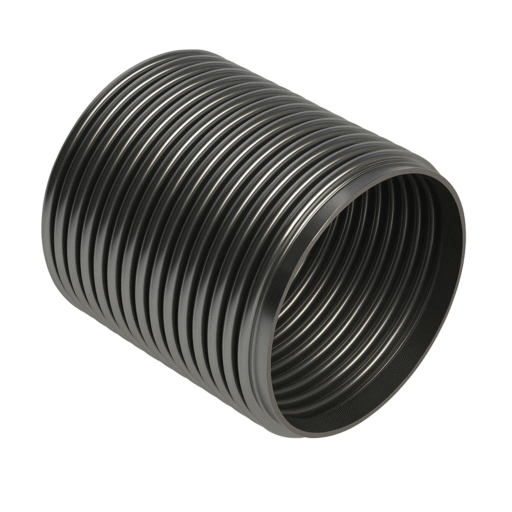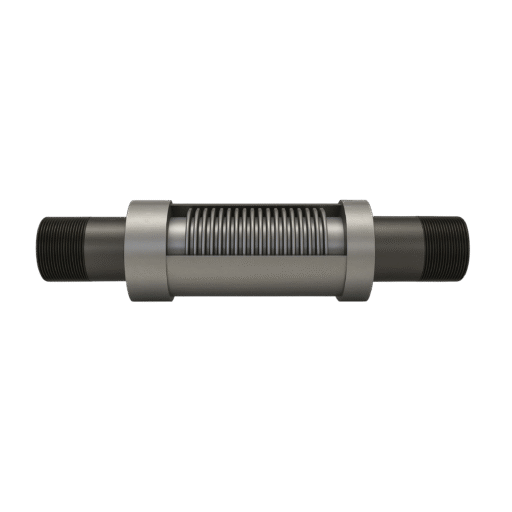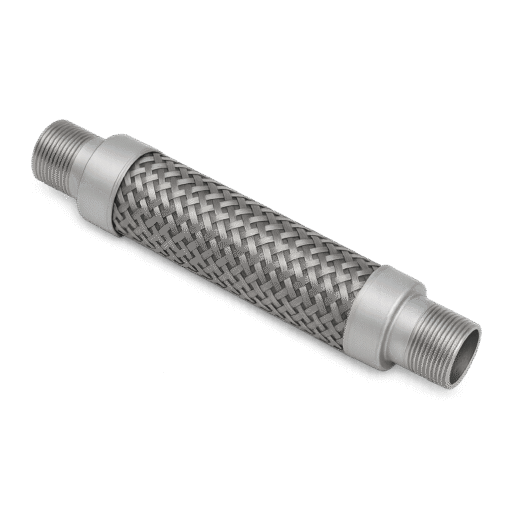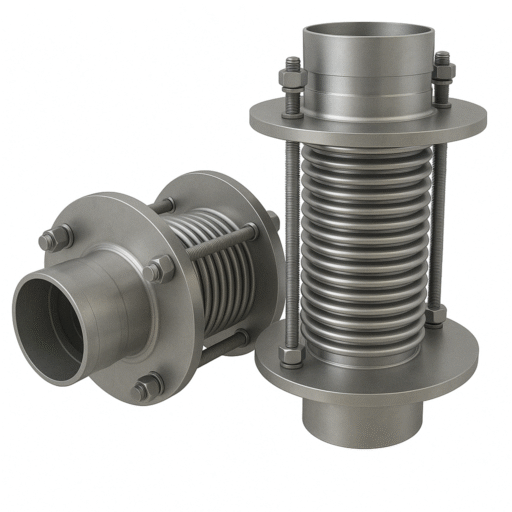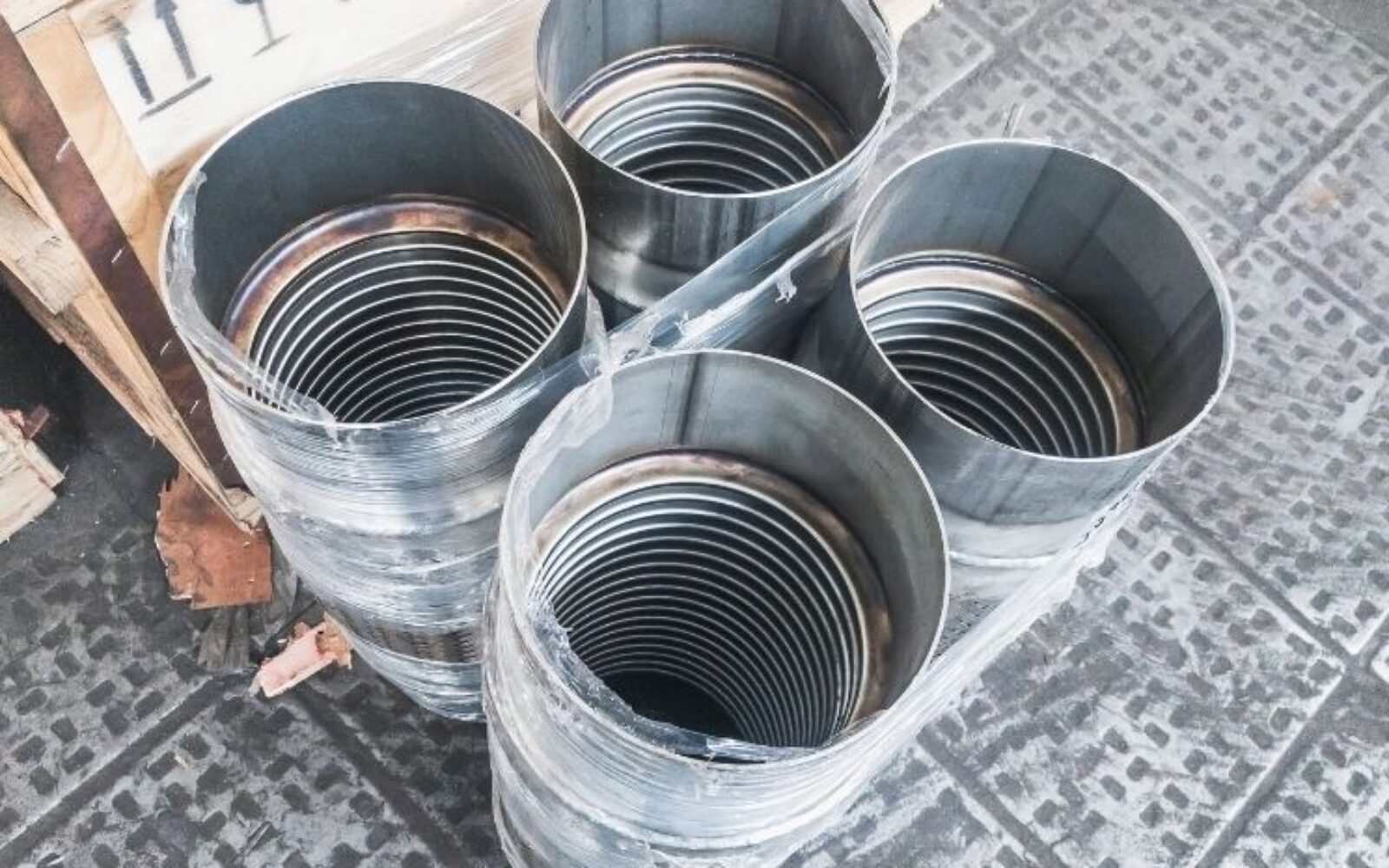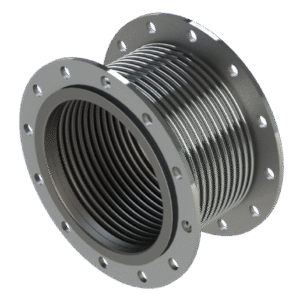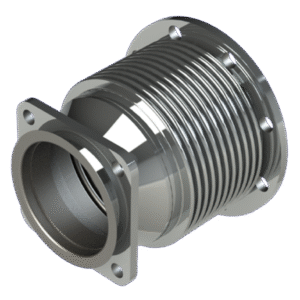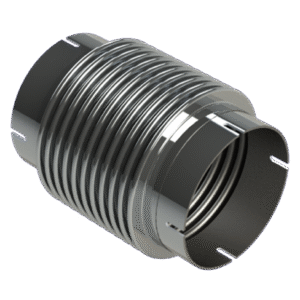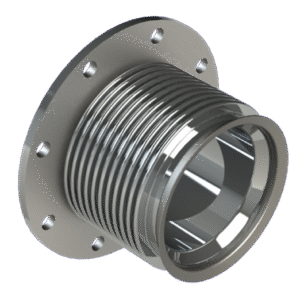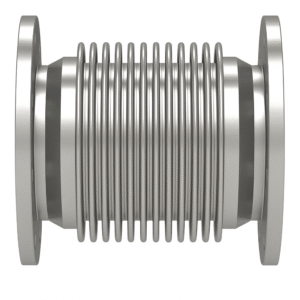A range of industrial and mechanical applications use metal bellows to absorb pressure by compressing, extending, or bending. Bellows manufacturers use different materials and methods to make these ubiquitous parts, so it can be difficult to decide what kind of bellows your system needs.
When deciding on a metal bellows for your system, you need to consider how the application will use the bellows. Read this blog to learn how to determine which bellows your system needs.
Design
Metal bellows’ ability to perform depends on factors such as the amount of pressure it can absorb, if it has axial and angular movement, and if it can withstand extreme temperatures. To figure out what you need, you’ll need to determine some design aspects.
There are two main design aspects, spring rate and mean effective rate, that you can use to determine the size and length of the bellows you need.
Spring Rate
Spring rate is the force a bellows creates when under axial pressure. Factors like wall thickness, material, diameter of the convolutions, and number of convolutions affect the spring rate.
Mean Effective Area
Mean Effective Area is the change in force. To determine the MEA, you would measure a bellow’s force and pressure values.
Manufacturing
The way a manufacturer produces a bellows affects its performance, depending on whether it’s formed or welded.
Hydroformed Bellows
Hydroformed means that there are weld seams. This process creates a wall thickness that is useful for tighter spring rate responses and high-volume systems such as HVACs, appliances, and industrial sensors.
Welded Bellows
Welded bellows can be costly because manufacturers stamp out each diaphragm, welding them together to create one single bellows. This process is helpful if you need a certain MEA rate for error-free systems. You’ll see them used in limited spaces where precision is vital, such as medical devices and aeronautics.
Electro-Formed Bellows
An electric current deposits metal alloys onto a mandrel to create electroformed bellows. They aren’t as expensive as welded bellows but are more costly than hydroformed. Of the three, they are easier to adjust, allowing for control of the spring rate and MEA. Industries like aerospace and defense use electro-formed bellows.
Find Expansion Bellows
If you need expansion bellows for your application, but you’re not sure which type is best, contact us at Triad Bellows. We can help you learn how to determine which bellows your system needs.

